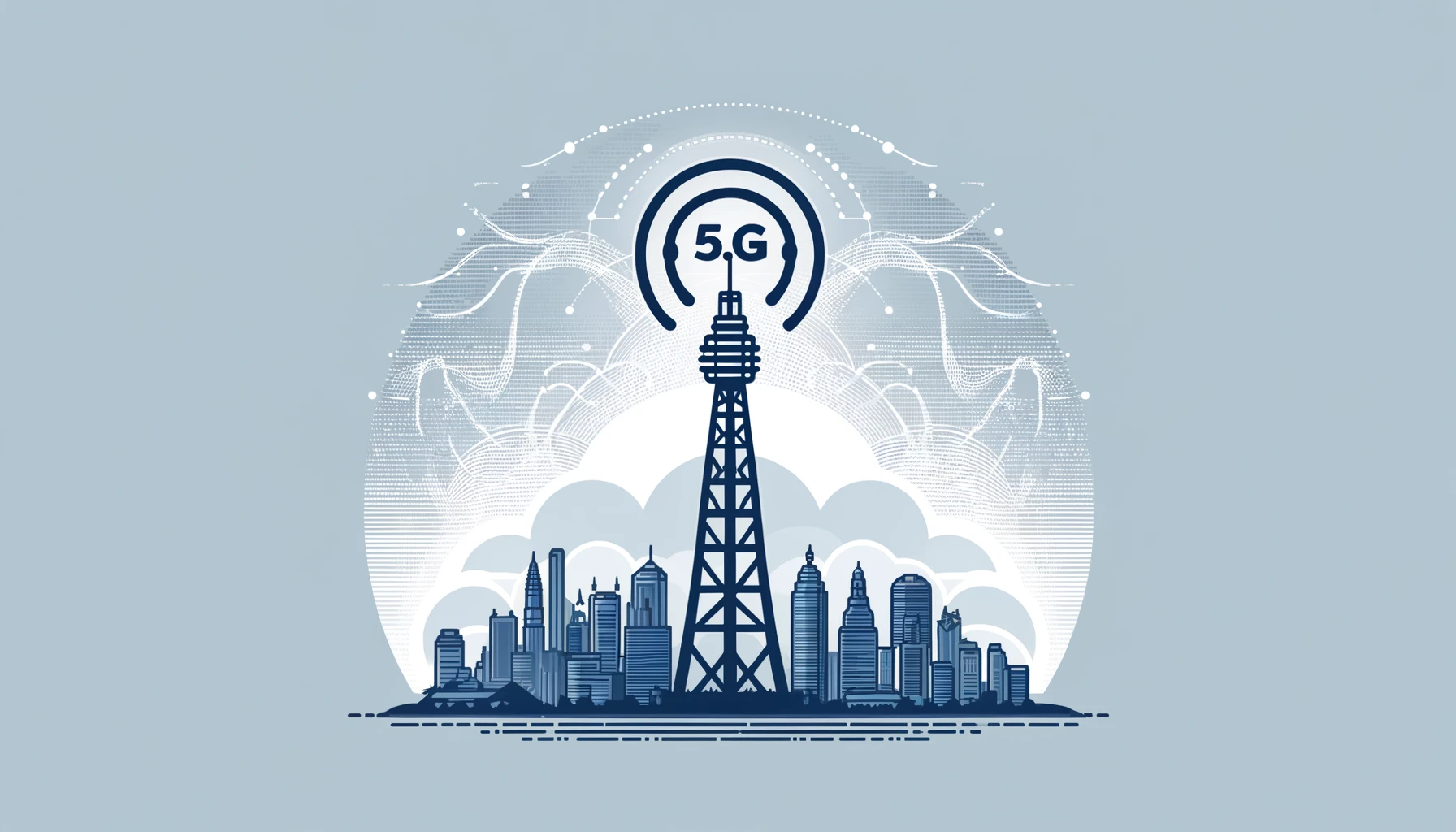
Kuala Lumpur – Huawei Technologies (Malaysia) Sdn Bhd (Huawei Malaysia) has set its sights on revolutionizing various industries in Malaysia through the deployment of its 5G-Advanced (5.5G) technology. With its remarkable speed, increased connectivity, and lower latency, 5.5G is poised to reshape critical sectors such as manufacturing, transportation, and telecommunications.
In a recent statement, Simon Sun, the Chief Executive Officer of Huawei Malaysia, emphasized the strategic importance of 5.5G in driving operational efficiency and sustainability across key industries. Sun highlighted that while 5.5G isn’t primarily aimed at individual consumers, its capabilities hold immense potential for enhancing productivity and performance in industrial settings.
To grasp the significance of Huawei’s 5.5G technology, it’s crucial to understand its key features compared to its predecessor, 5G:
| Feature | 5G | 5.5G |
|---|---|---|
| Speed | Fast | 10x Faster |
| Connections | Many | 10x More |
| Latency | Low | Even Lower |
- Speed: 5.5G offers a remarkable tenfold increase in speed compared to 5G, enabling faster data transfer and processing.
- Connections: With support for ten times more connections, 5.5G can accommodate the growing demand for interconnected devices and systems in industrial environments.
- Latency: The latency of 5.5G is significantly lower than that of 5G, ensuring almost real-time responsiveness crucial for applications such as autonomous vehicles and remote operations.
Sun elaborated on the transformative potential of 5.5G by citing examples from the manufacturing sector. Traditionally, quality checks in factories required substantial manpower. However, with 5.5G’s high-definition artificial intelligence (AI) cameras, quality inspection processes can be automated and optimized, leading to improved efficiency and cost savings.
Beyond manufacturing, 5.5G unlocks a plethora of application possibilities across various industries:
- Transportation: The speed and low latency of 5.5G enable advanced navigation systems for vehicles. Millimeter-wave radar technology, integrated with 5.5G networks, enhances navigation accuracy even in challenging conditions such as fog, low light, or heavy smoke.
In a significant move towards realizing the potential of 5.5G, Huawei Malaysia recently partnered with Maxis Bhd through a memorandum of understanding (MOU) aimed at accelerating the deployment of 5.5G technology.
Sun emphasized that the collaboration with Maxis goes beyond mere experimentation in laboratories. It focuses on delivering tangible, commercially viable use cases that showcase the practical benefits of 5.5G technology in real-world scenarios.
The collaboration between Huawei Malaysia and Maxis Bhd encompasses several strategic areas to drive the commercialization and adoption of 5.5G in Malaysia:
- Use Cases: Identifying and developing use cases across industries to demonstrate the versatility and effectiveness of 5.5G technology.
- Key Technologies: Exploring cutting-edge technologies and innovations that complement the capabilities of 5.5G networks.
- Technology Evolution: Continuously evolving 5.5G technology to meet the evolving needs and challenges of Malaysian industries.
- Ecosystem Development: Building a robust ecosystem of partners and stakeholders to support the widespread adoption of 5.5G and drive innovation in related fields.
Through trials, testing, and collaborative initiatives, Huawei Malaysia and Maxis Bhd aim to accelerate the acceptance and deployment of 5.5G technology, paving the way for a digitally connected and sustainable future.
Looking ahead, Huawei Malaysia remains committed to its green energy strategy, focusing on sustainable technology solutions in various domains:
- Solar Inverters: Advancing solar inverter technology to harness renewable energy sources efficiently.
- Data Centers: Building energy-efficient data centers to support the growing demand for digital infrastructure.
- Electric Vehicles: Developing technology and components for the electric vehicle industry to promote eco-friendly transportation solutions.
As Malaysia progresses towards a digital economy, initiatives like Huawei’s 5.5G deployment and sustainable technology endeavors are poised to play a pivotal role in driving innovation, economic growth, and environmental sustainability.
Related News:
Featured Image courtesy of DALL-E by ChatGPT
